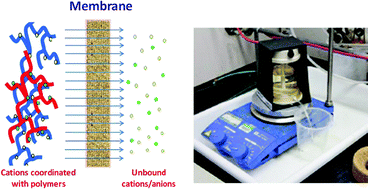Nucleation and growth of epitaxial metal-oxide films based on polymer-assisted deposition
Abstract
Polymer-assisted deposition (PAD) is one of the chemical solution deposition methods which have been successfully used to grow films, form coatings, and synthesize nanostructured materials. In comparison with other conventional solution-based deposition techniques, PAD differs in its use of water-soluble polymers in the solution that prevent the metal ions from unwanted chemical reactions and keep the solution stable. Furthermore, filtration to remove non-coordinated cations and anions in the PAD process ensures well controlled nucleation, which enables the growth of high quality epitaxial films with desired structural and physical properties. The precursor solution is prepared by mixing water-soluble polymer(s) with salt(s). Thermal treatment of the precursor films in a controlled environment leads to the formation of desired materials. Using BaTiO3 grown on SrTiO3 and LaMnO3 on LaAlO3 as model systems, we show the effect of filtration on the nucleation and growth of epitaxial complex metal-oxide films based on the PAD process.

- This article is part of the themed collection: Nucleation and crystallisation

 Please wait while we load your content...
Please wait while we load your content...